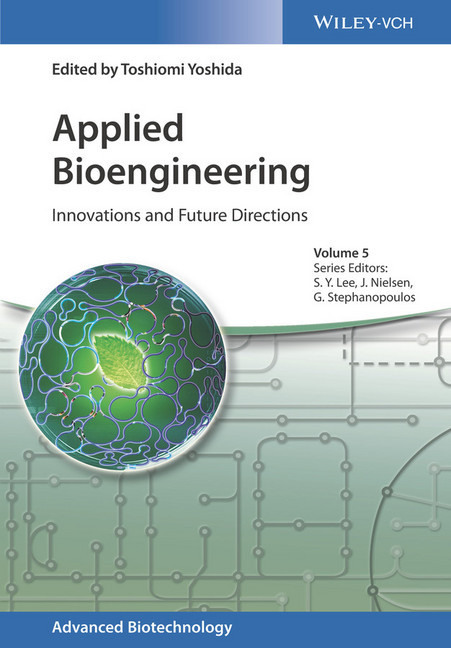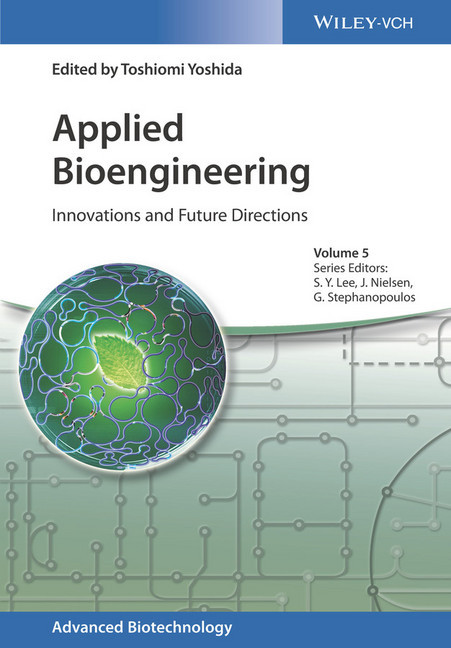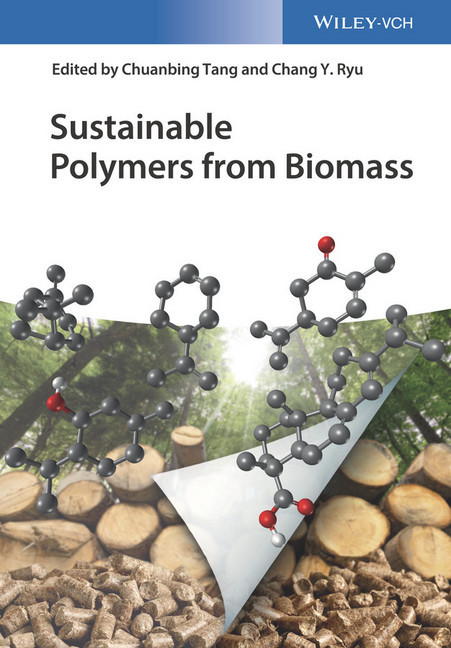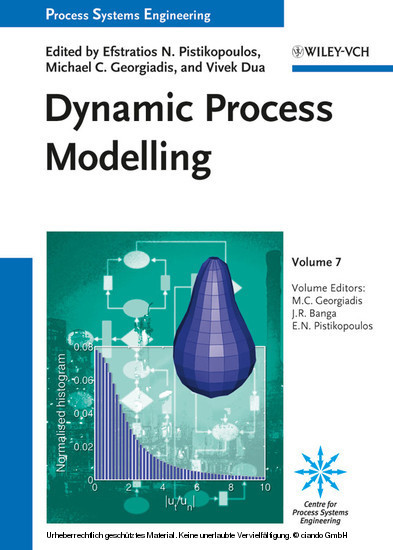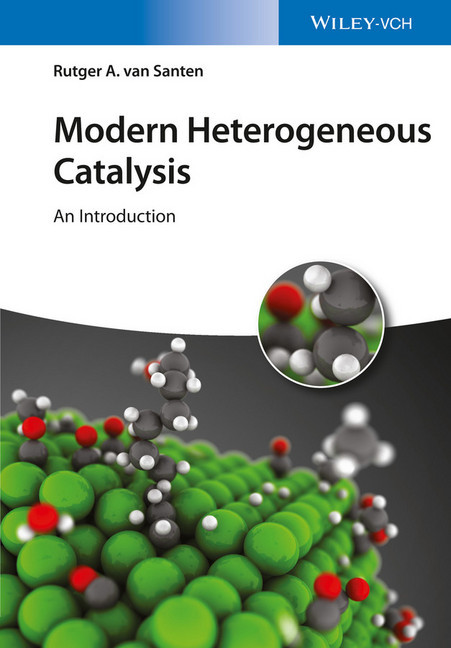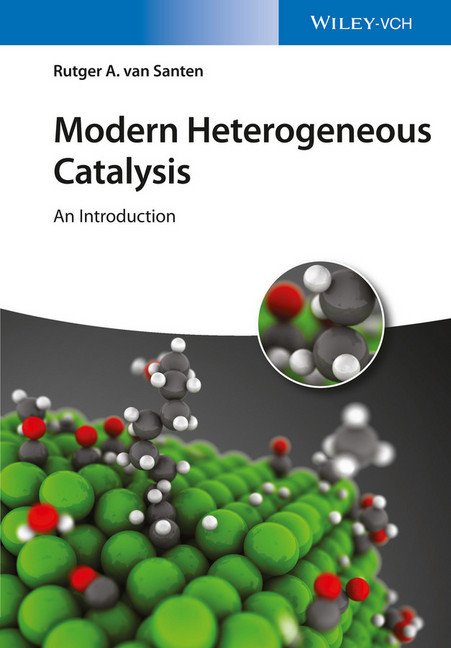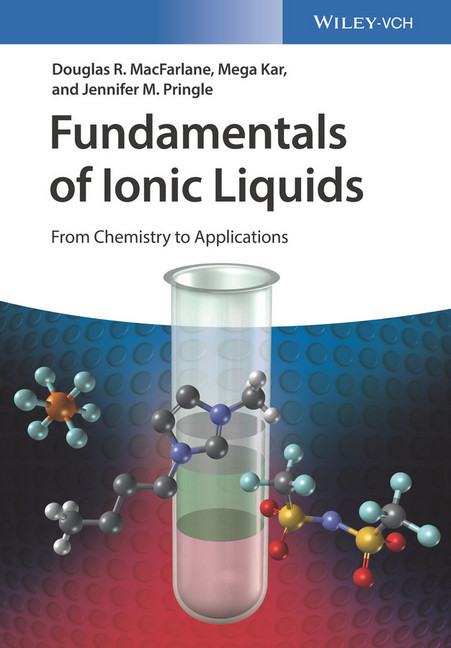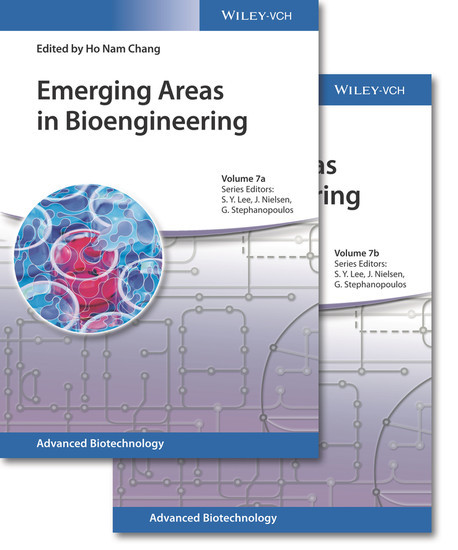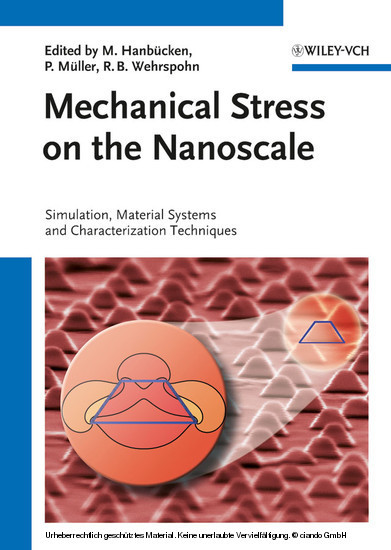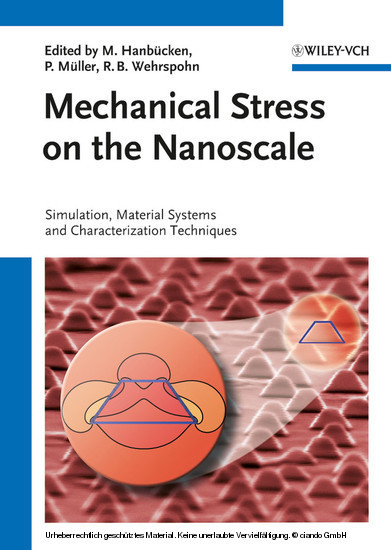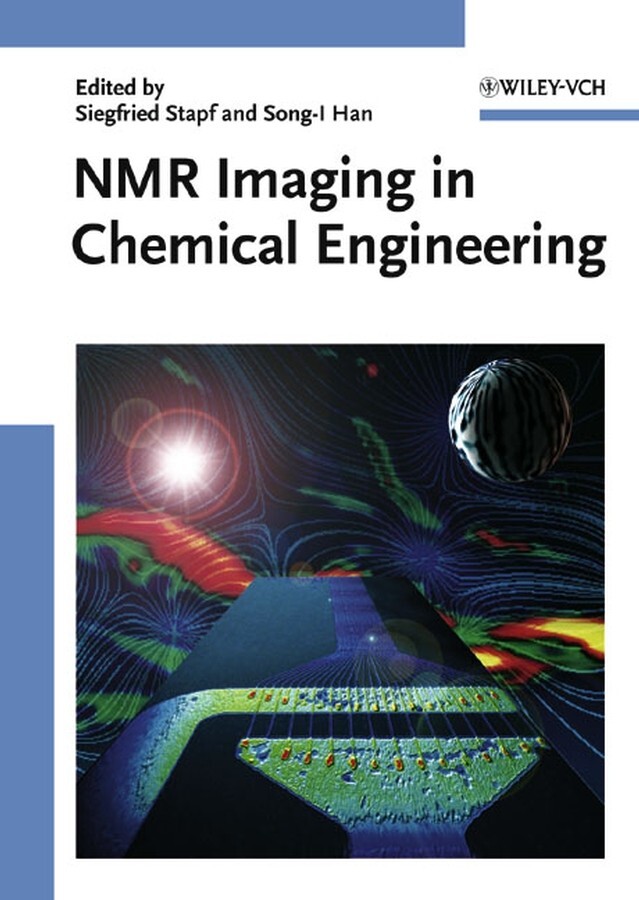Applied Bioengineering
Innovations and Future Directions
A comprehensive overview of the topic, highlighting recent developments, ongoing research trends and future directions.
Experts from Europe, Asia and the US cover five core areas of imminent importance to the food, feed, pharmaceutical and water treatment industries in terms of sustainable and innovative processing and production. In the field of enzyme engineering, they summarize historic developments and provide an overview of molecular enzyme engineering, while also discussing key principles of microbial process engineering, including chapters on process development and control. Further sections deal with animal and plant cell culture engineering. The final section of the book deals with environmental topics and highlights the application of bioengineering principles in waste treatment and the recovery of valuable resources.
With its cutting-edge visions, extensive discussions and unique perspectives, this is a ready reference for biotechnologists, bioengineers, bioengineers, biotechnological institutes, and environmental chemists.
Toshiomi Yoshida is Professor Emeritus of Osaka University (Japan). He received his doctorate degree at the same university in 1968, after studying fermentation technology. From 1972 to 1973, he visited the University of Pennsylvania (USA) for a research stay. In the further course of his career, he became Associate Professor at Osaka University in 1978, Full Professor in 1988 and held several positions within the university until his retirement in 2003. From 1995 to 1999, he was Director of the International Center for Biotechnology. After his retirement, Toshiomi Yoshida was appointed as Director of the Bangkok Liaison Office of the Japan Society for the Promotion of Science, a position he hold until 2007. From 2007 to 2012, he was Director General of the Research Institute of Environmental, Agriculture and Fisheries of the Osaka Prefectural Government. In between 2009 and 2013, Toshiomi Yoshida served as the first President of the Asian Federation of Biotechnology.
Experts from Europe, Asia and the US cover five core areas of imminent importance to the food, feed, pharmaceutical and water treatment industries in terms of sustainable and innovative processing and production. In the field of enzyme engineering, they summarize historic developments and provide an overview of molecular enzyme engineering, while also discussing key principles of microbial process engineering, including chapters on process development and control. Further sections deal with animal and plant cell culture engineering. The final section of the book deals with environmental topics and highlights the application of bioengineering principles in waste treatment and the recovery of valuable resources.
With its cutting-edge visions, extensive discussions and unique perspectives, this is a ready reference for biotechnologists, bioengineers, bioengineers, biotechnological institutes, and environmental chemists.
Toshiomi Yoshida is Professor Emeritus of Osaka University (Japan). He received his doctorate degree at the same university in 1968, after studying fermentation technology. From 1972 to 1973, he visited the University of Pennsylvania (USA) for a research stay. In the further course of his career, he became Associate Professor at Osaka University in 1978, Full Professor in 1988 and held several positions within the university until his retirement in 2003. From 1995 to 1999, he was Director of the International Center for Biotechnology. After his retirement, Toshiomi Yoshida was appointed as Director of the Bangkok Liaison Office of the Japan Society for the Promotion of Science, a position he hold until 2007. From 2007 to 2012, he was Director General of the Research Institute of Environmental, Agriculture and Fisheries of the Osaka Prefectural Government. In between 2009 and 2013, Toshiomi Yoshida served as the first President of the Asian Federation of Biotechnology.
1;Cover;1 2;Title Page;5 3;Copyright;6 4;Contents;7 5;List of Contributors;21 6;Chapter 1 Introduction;29 6.1;1.1 Introduction;29 6.2;1.2 Enzyme Technology;30 6.3;1.3 Microbial Process Engineering;30 6.3.1;1.3.1 Bioreactor Development;30 6.3.2;1.3.2 Measurement and Monitoring;31 6.3.3;1.3.3 Modeling and Control;32 6.3.4;1.3.4 Solid-State Fermentation;32 6.4;1.4 Plant Cell Culture;33 6.5;1.5 Animal Cell Culture;33 6.6;1.6 Environmental Bioengineering;34 6.7;1.7 Composition of the Volume;35 6.8;References;35 7;Part I Enzyme Technology;39 7.1;Chapter 2 Enzyme Technology: History and Current Trends;41 7.1.1;2.1 The Early Period up to 1890;41 7.1.1.1;2.1.1 Observations and Empirical Results;41 7.1.1.2;2.1.2 Theoretical Approaches;42 7.1.2;2.2 The Period from 1890 to 1940;44 7.1.2.1;2.2.1 Scientific Progress;44 7.1.2.2;2.2.2 Theoretical Developments;45 7.1.2.3;2.2.3 Technological Developments;46 7.1.3;2.3 A New Biocatalyst Concept - Immobilized Enzymes;47 7.1.3.1;2.3.1 Fundamental Research;47 7.1.3.2;2.3.2 Examples of Industrial Development: The Case of Penicillin Amidase (PA) - Penicillin Hydrolysis and Derivatives;48 7.1.3.3;2.3.3 Examples of Industrial Development: The Case of Sugar Isomerization;51 7.1.4;2.4 Expanding Enzyme Application after the 1950s;52 7.1.5;2.5 Recombinant Technology - A New Era in Biocatalysis and Enzyme Technology;55 7.1.5.1;2.5.1 New Enzymes - A Key to Genetic Engineering;55 7.1.5.2;2.5.2 Analytical and Diagnostic Enzymes;57 7.1.5.3;2.5.3 Expanding Market of Industrial Enzymes;59 7.1.6;2.6 Current Strategies for Biocatalyst Search and Tailor Design;60 7.1.6.1;2.6.1 Enzyme Discovery from the Metagenome or Protein Databases;60 7.1.6.2;2.6.2 Protein Engineering of Enzymes;62 7.1.6.3;2.6.3 Enzyme Cascade Reactions;63 7.1.6.4;2.6.4 Metabolic Engineering;65 7.1.7;2.7 Summary and Conclusions;67 7.1.8;Acknowledgment;68 7.1.9;Abbreviations;68 7.1.10;References;68 7.2;Chapter 3 Molecular Engineering of Enzymes;75 7.2.1;3.1 Introduction;75 7.2.2;3.2 Protein Engineering: An Expanding Toolbox;76 7.2.2.1;3.2.1 From Sequence to Fold and Function;77 7.2.2.2;3.2.2 Improving Enzyme Properties by Rational Design and Directed Evolution;77 7.2.2.3;3.2.3 Designing Smart Libraries;79 7.2.2.4;3.2.4 In Vivo Continuous Directed Evolution;82 7.2.2.5;3.2.5 Diversification of Enzyme Functionalities by Recombination;83 7.2.3;3.3 High-Throughput Screening Systems;84 7.2.4;3.4 Engineered Enzymes for Improved Stability and Asymmetric Catalysis;86 7.2.4.1;3.4.1 Stability;86 7.2.4.1.1;3.4.1.1 Cellulases;87 7.2.4.1.2;3.4.1.2 Lipases;88 7.2.4.2;3.4.2 Asymmetric Biocatalysis;90 7.2.5;3.5 De Novo Design of Catalysts: Novel Activities within Common Scaffolds;93 7.2.6;3.6 Conclusions;97 7.2.7;References;97 7.3;Chapter 4 Biocatalytic Process Development;109 7.3.1;4.1 A Structured Approach to Biocatalytic Process Development;111 7.3.2;4.2 Process Metrics;111 7.3.2.1;4.2.1 Reaction Yield;112 7.3.2.2;4.2.2 Productivity;113 7.3.2.3;4.2.3 Biocatalyst Yield;113 7.3.2.4;4.2.4 Product Concentration;114 7.3.3;4.3 Technologies for Implementation of Biocatalytic Processes;115 7.3.3.1;4.3.1 Biocatalyst Engineering;115 7.3.3.1.1;4.3.1.1 Protein and Genetic Engineering;115 7.3.3.1.2;4.3.1.2 Biocatalyst Immobilization;115 7.3.3.2;4.3.2 Reaction Engineering;116 7.3.3.2.1;4.3.2.1 Reactant Supply;117 7.3.3.2.2;4.3.2.2 Product Removal;117 7.3.3.2.3;4.3.2.3 Two-Phase Systems;118 7.3.4;4.4 Industrial Development Examples;119 7.3.4.1;4.4.1 Development of a Biocatalytic Route to Atorvastatin (Developed by Codexis Inc., USA);119 7.3.4.2;4.4.2 Development of a Biocatalytic Route to Sitagliptin (Developed by Codexis Inc., USA and Merck and Co., USA);120 7.3.5;4.5 Future Outlook;123 7.3.6;4.6 Concluding Remarks;124 7.3.7;References;124 7.4;Chapter 5 Development of Enzymatic Reactions in Miniaturized Reactors;127 7.4.1;5.1 Introduction;127 7.4.2;5.2 Fundamental Techniques for Enzyme Immobilization;128 7.4.2.1;5.2.1 Enzyme Immobilization by Adsorption;129 7.4.2.1.1;5.2.1.1 M
Yoshida, Toshiomi
Lee, Sang Yup
Nielsen, Jens
Stephanopoulos, Gregory
| ISBN | 9783527800582 |
|---|---|
| Artikelnummer | 9783527800582 |
| Medientyp | E-Book - PDF |
| Copyrightjahr | 2017 |
| Verlag | Wiley-VCH |
| Umfang | 656 Seiten |
| Sprache | Englisch |
| Kopierschutz | Adobe DRM |

